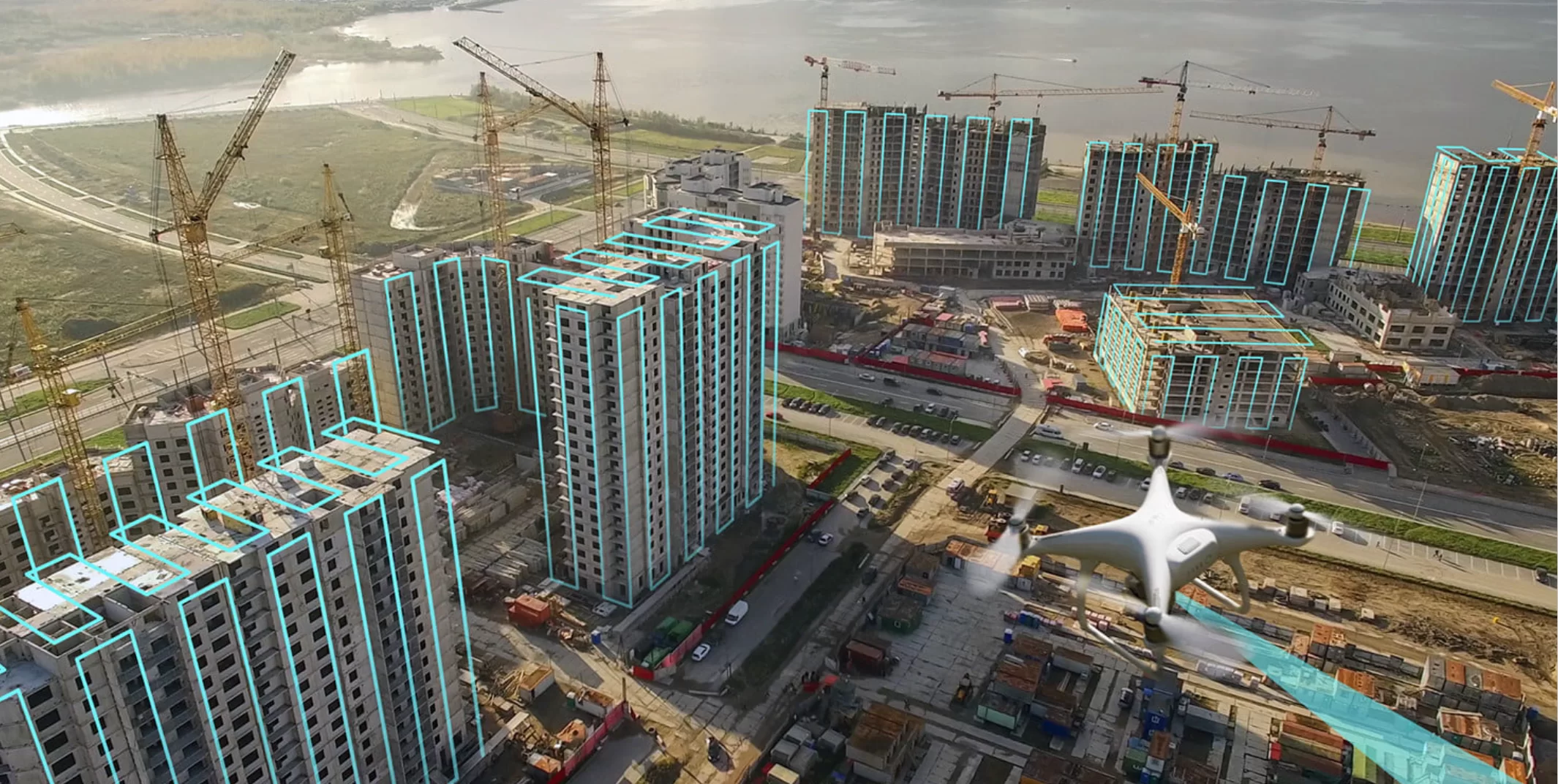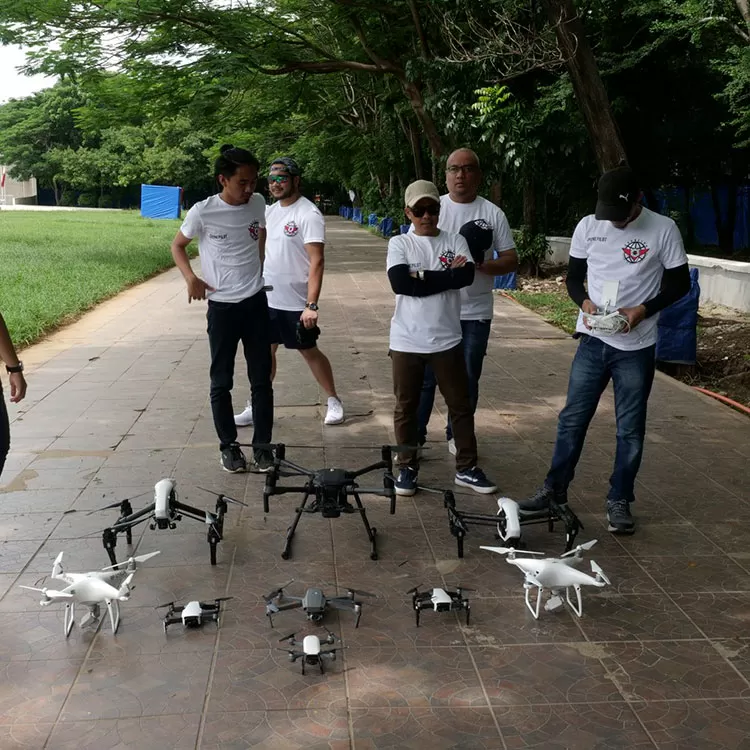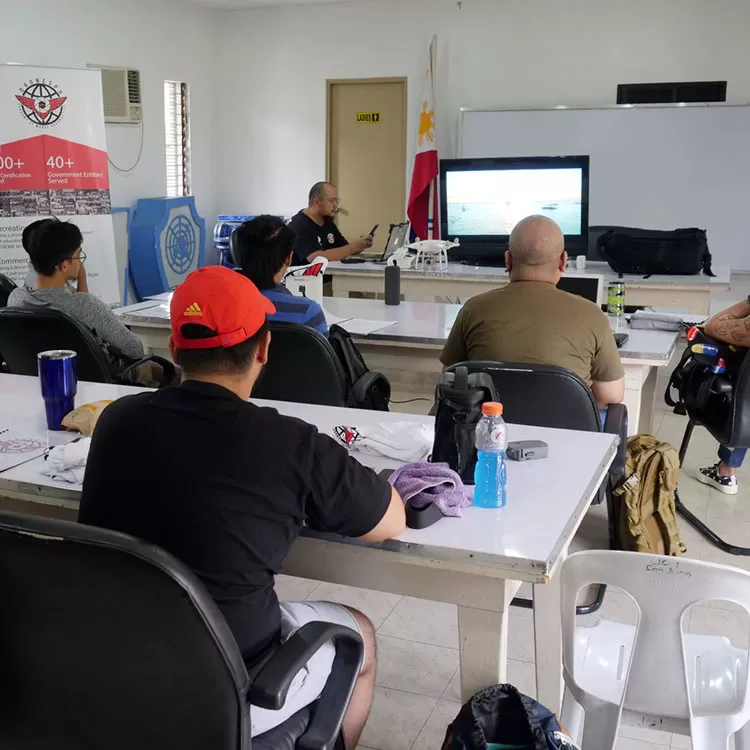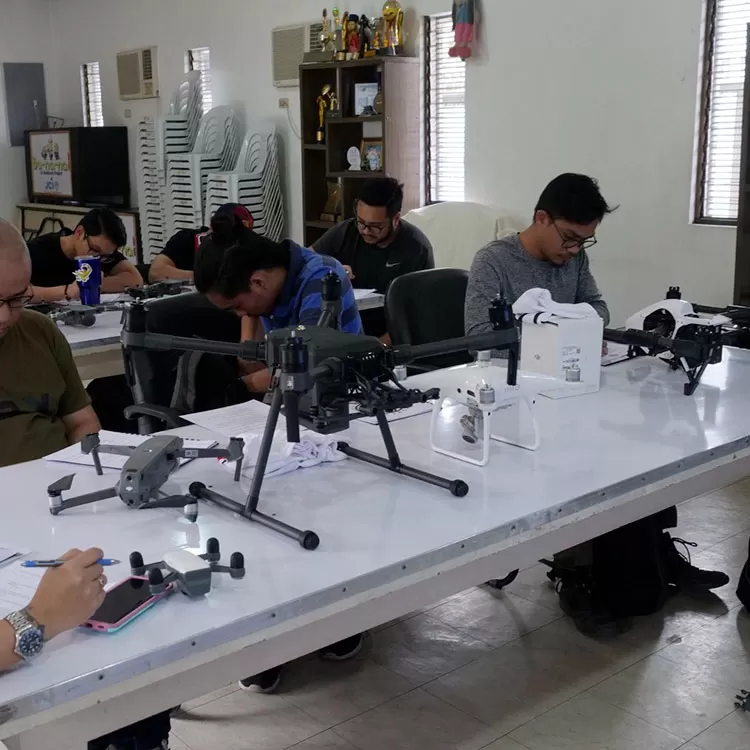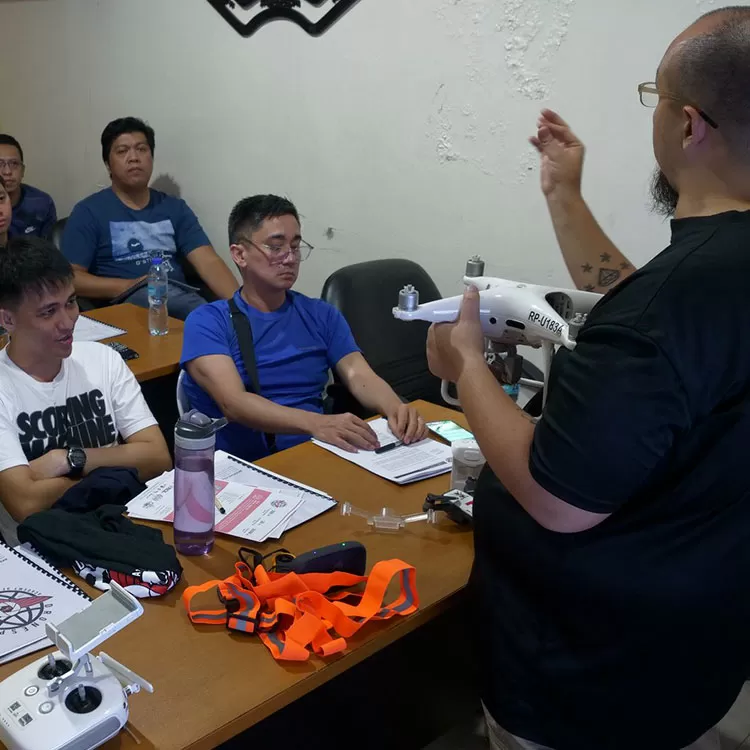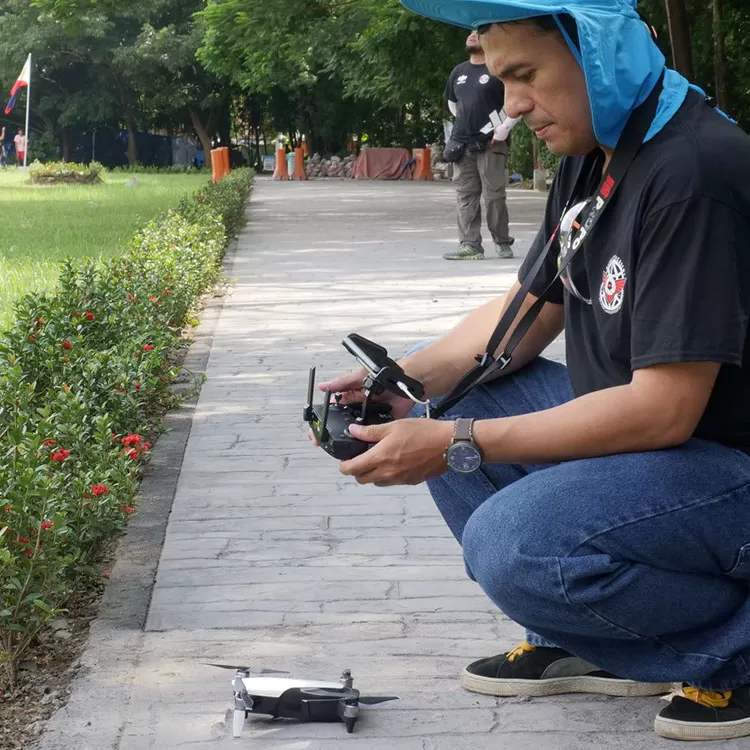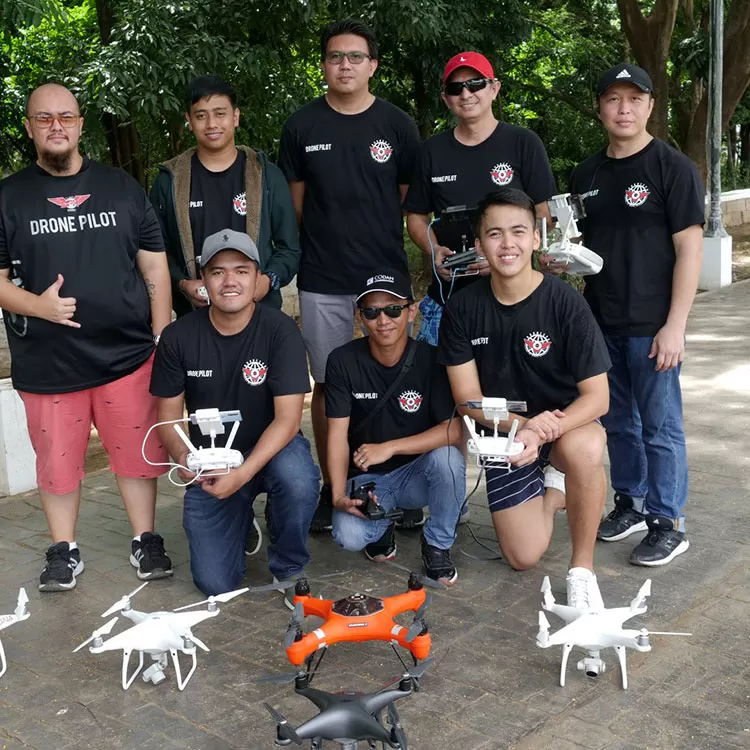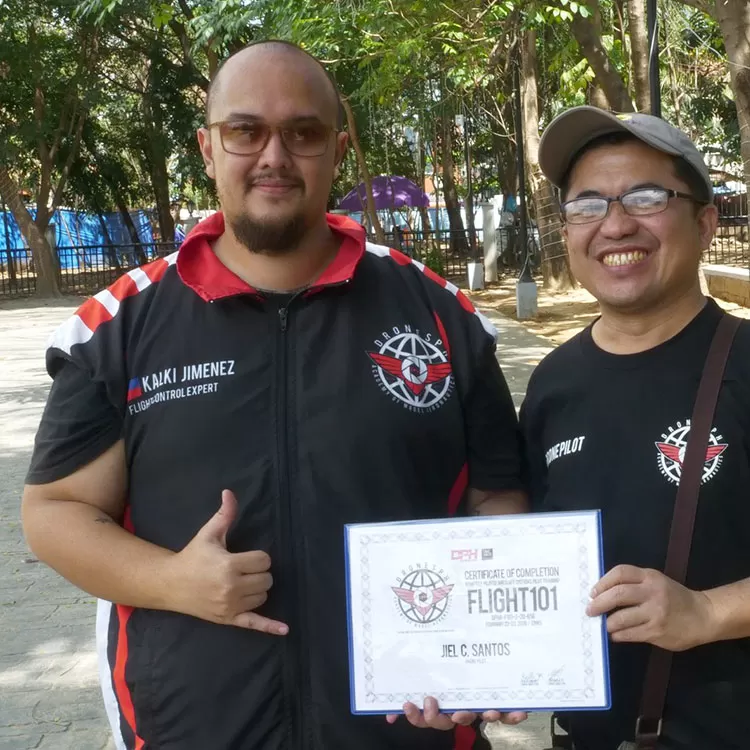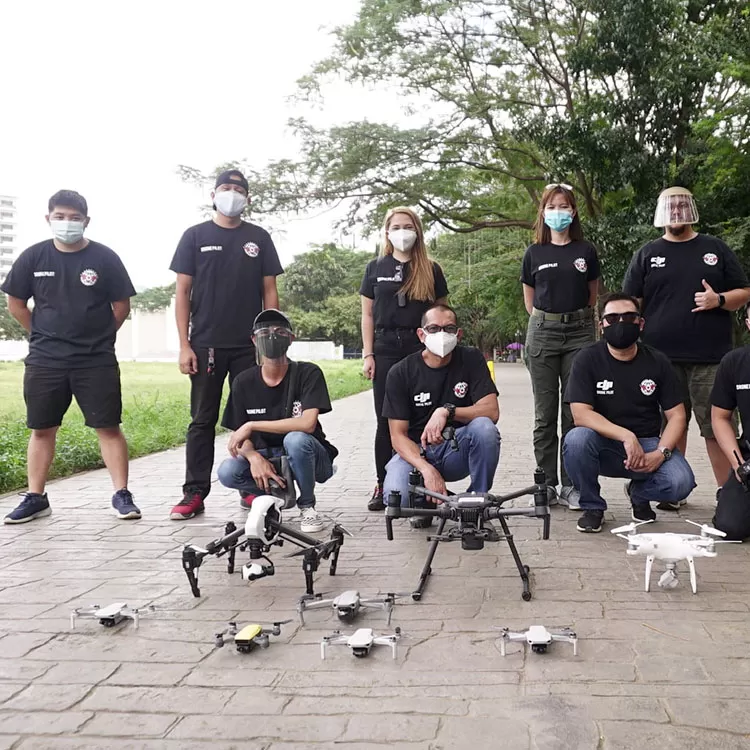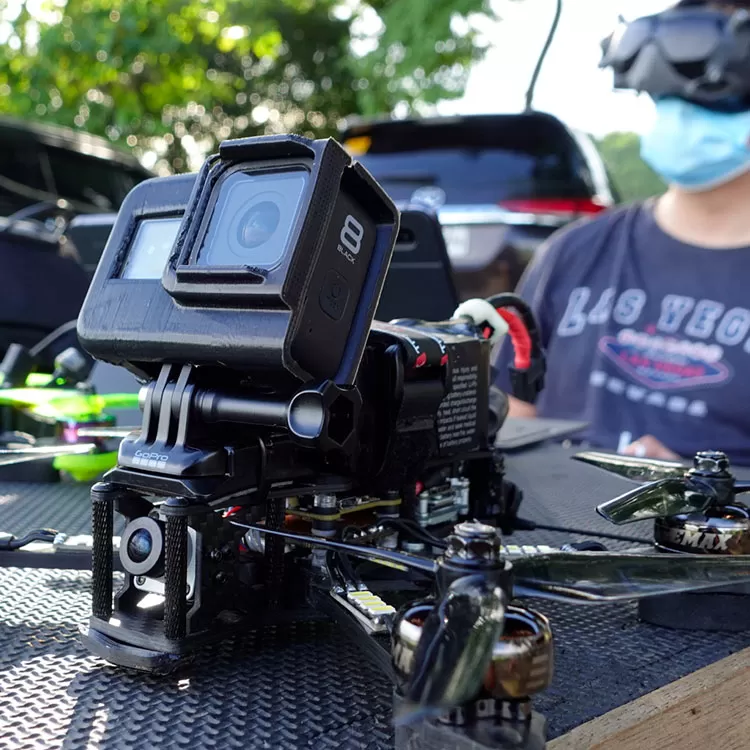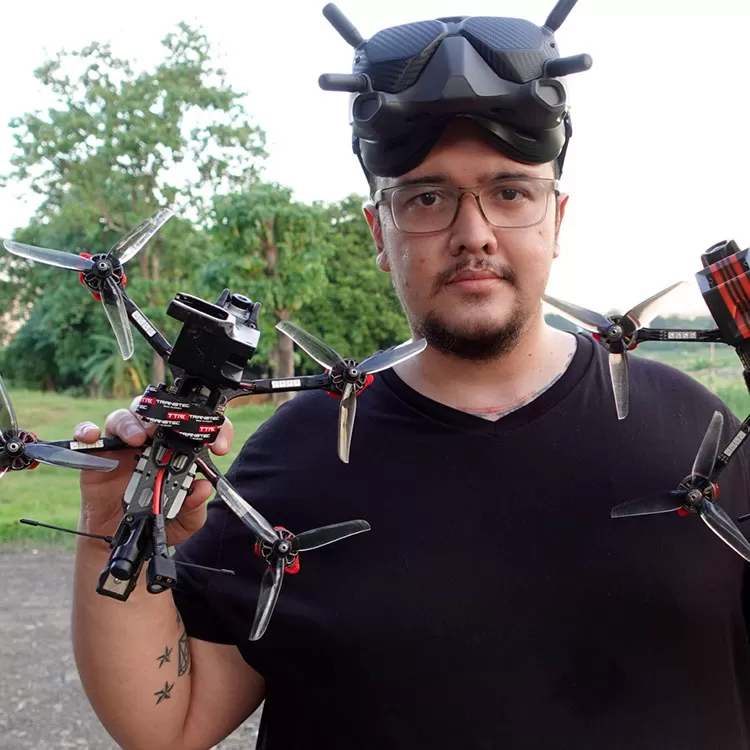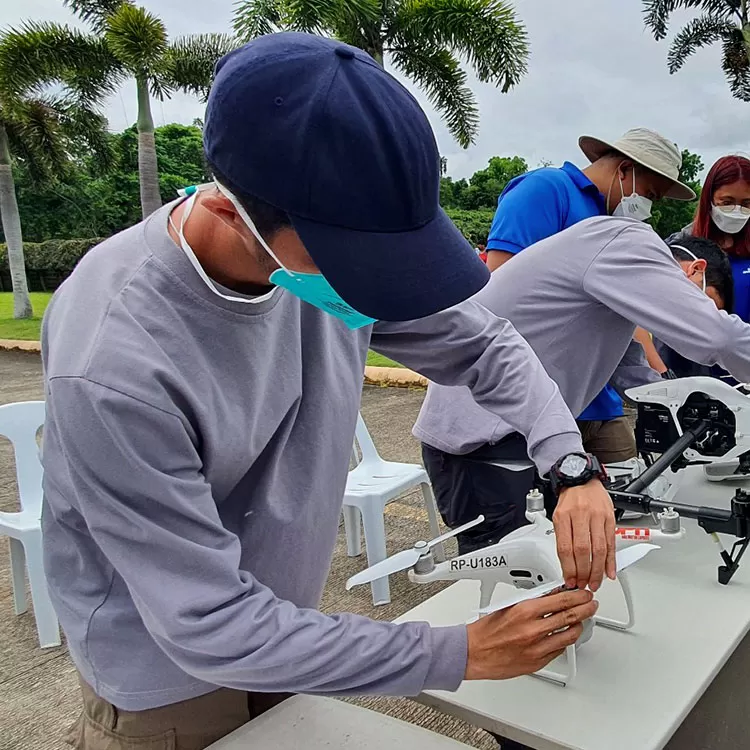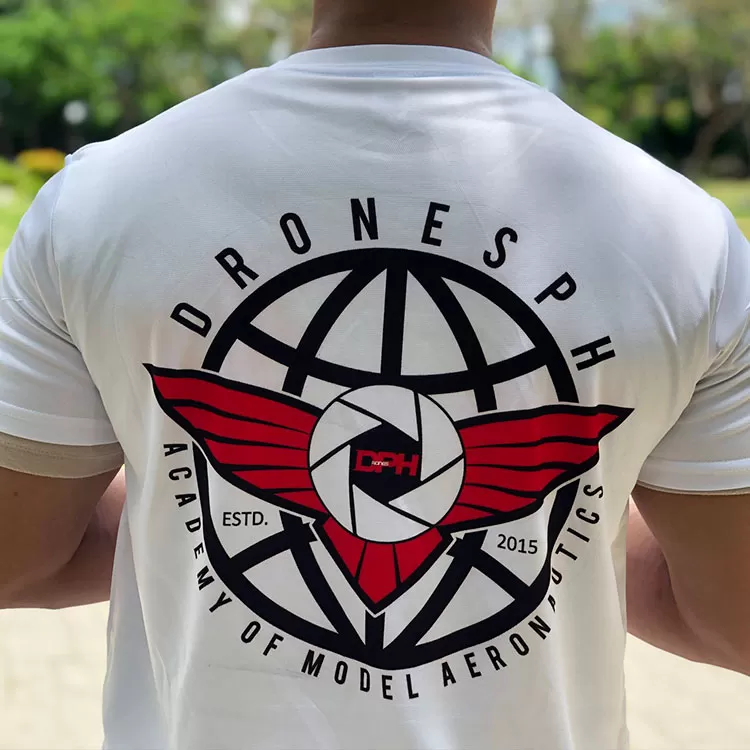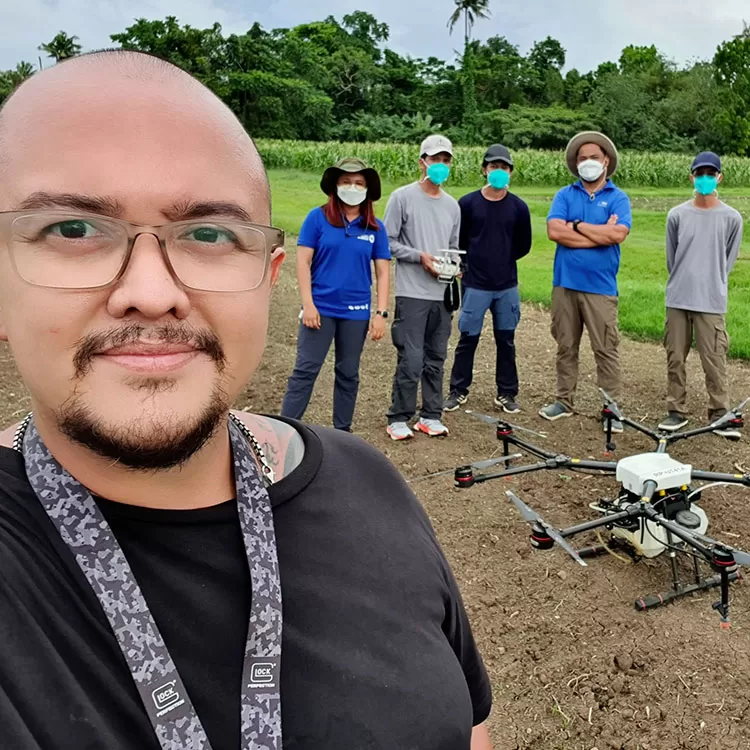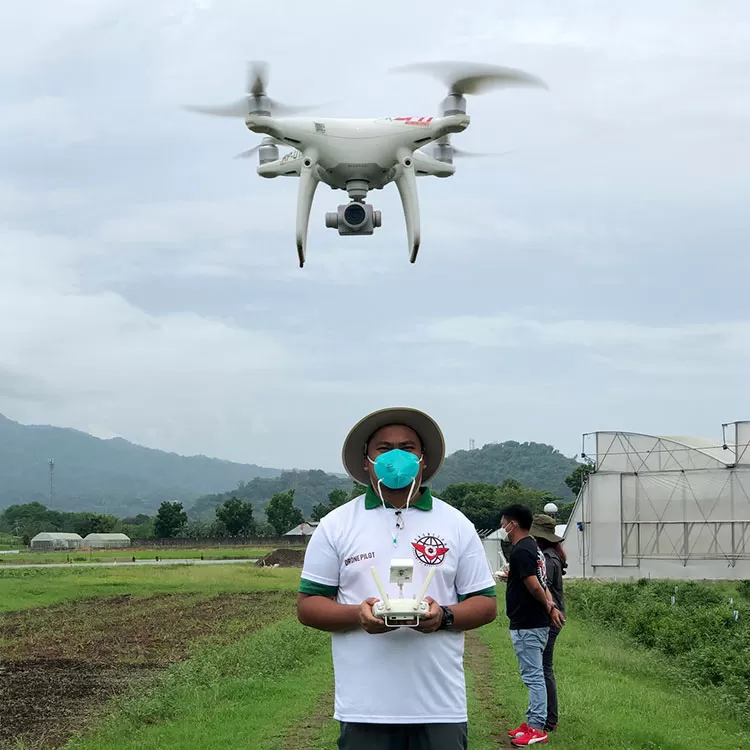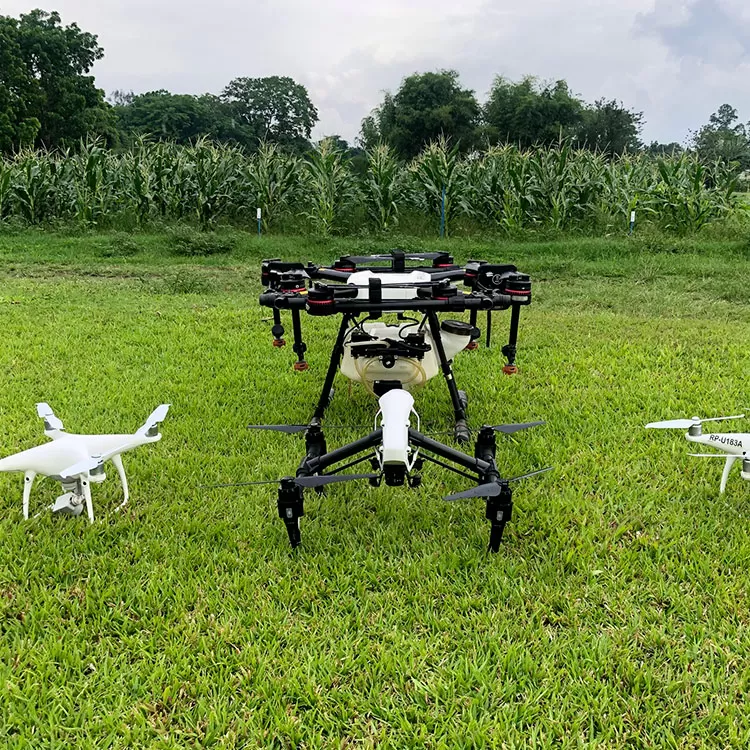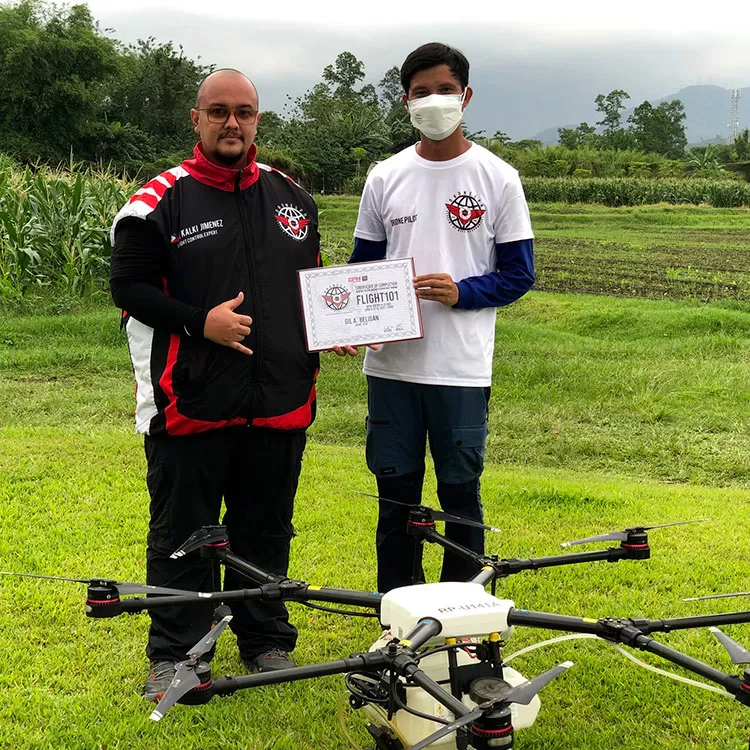Civil Aviation Authority of the Philippines
vbnmvbnmbvnm
Navigating the Skies: Civil Aviation Authority of the Philippines’ Regulation of Drone Usage
Drones have revolutionized various industries, from filmmaking to agriculture, offering innovative possibilities and perspectives. As drone technology gained popularity in the Philippines, the Civil Aviation Authority of the Philippines (CAAP) stepped in to ensure the safe and responsible use of drones in Philippine airspace. Over the years, CAAP has continually refined its rules and regulations to keep pace with evolving technology and safeguard both the public and drone enthusiasts.
**Inception of Drone Regulation in the Philippines:**
The CAAP recognized the potential impact of unmanned aircraft in the early 2010s and, in 2014, introduced the “Civil Aviation Regulations Part 11 – Unmanned Aircraft System Operations.” This marked the inception of drone regulations in the Philippines, outlining guidelines for the operation of unmanned aerial vehicles (UAVs) in the country’s airspace.
**Updated Guidelines for Drone Pilots:**
Since its introduction, the CAAP has revised and updated its drone regulations to adapt to the changing landscape of drone technology and user needs. These updated guidelines aim to address concerns such as airspace safety, data privacy, and environmental protection. They provide comprehensive information for drone pilots on requirements for drone registration, airspace restrictions, maximum altitude limits, and permitted flight zones.
**Applicability and Exemptions:**
The drone regulations set forth by the CAAP apply to all drone pilots operating UAVs within Philippine airspace. This includes both Filipino drone pilots and foreign nationals visiting the country. Every drone, regardless of its purpose and size, must comply with the CAAP’s rules.
However, certain exemptions exist for drones below a specified weight threshold and flown within a specific area. Drones falling under these criteria may have simplified registration processes and operational requirements. Nonetheless, all drone pilots, including exempted operators, are still accountable for ensuring the safety of their flights and complying with privacy laws and other relevant regulations.
**Benefits to Filipino Drone Pilots:**
For Filipino drone pilots, the CAAP’s drone regulations offer significant benefits. By providing clear and standardized guidelines, CAAP empowers local enthusiasts to explore their passion for aerial photography, videography, and data collection responsibly. It fosters a sense of accountability among drone operators, ensuring that their activities do not compromise public safety and privacy.
Additionally, adherence to the CAAP’s regulations enhances the credibility of Filipino drone pilots and opens opportunities for commercial drone applications, such as aerial surveying, infrastructure inspections, and disaster response. This not only bolsters the local drone industry but also contributes to the advancement of various sectors in the Philippines.
**Foreign Drone Pilots in the Philippines:**
Foreign drone pilots who wish to fly drones in the Philippines must also comply with the CAAP’s regulations. These pilots are required to register their drones and obtain the necessary permits before conducting any flights. By extending the regulatory framework to foreign visitors, the CAAP ensures a uniform and standardized approach to drone operations, safeguarding the national airspace and interests of all stakeholders.
**Conclusion:**
The Civil Aviation Authority of the Philippines’ regulation of drone usage reflects a proactive and forward-thinking approach to unmanned aircraft integration. By continuously updating its guidelines, CAAP accommodates the ever-changing landscape of drone technology while prioritizing public safety, privacy, and environmental protection. Filipino drone pilots benefit from these regulations, as they promote responsible drone usage, open new opportunities, and contribute to the growth of the local drone industry. For foreign drone pilots, adherence to the CAAP’s rules ensures a harmonized and well-managed airspace experience when exploring the beautiful skies of the Philippines.
Navigating the Skies: Civil Aviation Authority of the Philippines’ Regulation of Drone Use
Unmanned Aerial Vehicles (UAVs), commonly known as drones, have revolutionized the way we capture images, gather data, and explore the world from above. In the Philippines, this burgeoning technology has garnered significant interest among enthusiasts and professionals alike. To ensure the safe integration of drones into Philippine airspace, the Civil Aviation Authority of the Philippines (CAAP) has taken the lead in establishing rules and regulations for their operation.
Origins of Drone Regulations in the Philippines:
Recognizing the potential of drones and the need to address safety and privacy concerns, the CAAP started formulating drone regulations in 2014. On May 22, 2015, the CAAP issued Memorandum Circular No. 2015-08, officially known as the “Rules and Regulations Governing the Operation of Civil Unmanned Aircraft Systems (UAS)”.
Updated Guidelines and Applicability:
In response to the rapid growth of drone technology and its expanding use in various sectors, the CAAP has continually updated its guidelines to meet evolving challenges and opportunities. As of my last update in September 2021, the key provisions of the CAAP’s drone regulations include:
- Registration: All drones used for civil and commercial purposes must be registered with the CAAP. This ensures that the authorities have necessary information about the drone and its operator.
- Operating Rules: Drone operators must adhere to specific operating rules, such as flying at a maximum altitude of 400 feet above ground level and maintaining a visual line of sight with the drone during flight.
- No-Fly Zones: Certain areas, such as airports, military installations, and other sensitive locations, are designated as no-fly zones for drones.
- Remote Pilot Certification: Individuals operating drones for commercial purposes are required to obtain Remote Pilot Certification from the CAAP. This certification ensures that drone pilots possess the necessary knowledge and skills to operate drones safely.Exemptions from Regulations:While CAAP’s drone regulations are applicable to all drone operators in the Philippines, certain categories are exempted from some of the requirements. Specifically, drones operated for recreational or hobby purposes are exempt from the Remote Pilot Certification but are still required to adhere to the operating rules and register their drones.Benefits to Filipino Drone Pilots:For Filipino drone pilots, CAAP’s regulations bring several crucial benefits. By providing a legal framework, the regulations enhance safety in Philippine airspace, minimizing the risk of drone-related accidents. Additionally, the guidelines create a level playing field, ensuring that all drone operators, whether recreational or commercial, adhere to the same rules and standards.
Foreign Drone Pilots in the Philippines:
Foreign drone pilots wishing to fly drones in the Philippines are subject to the same regulations as Filipino operators. They must register their drones with the CAAP, comply with operating rules, and, if operating commercially, obtain Remote Pilot Certification. This standardized approach ensures that international drone pilots can seamlessly integrate into Philippine

